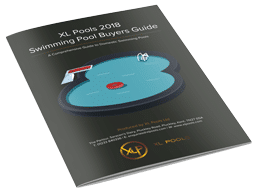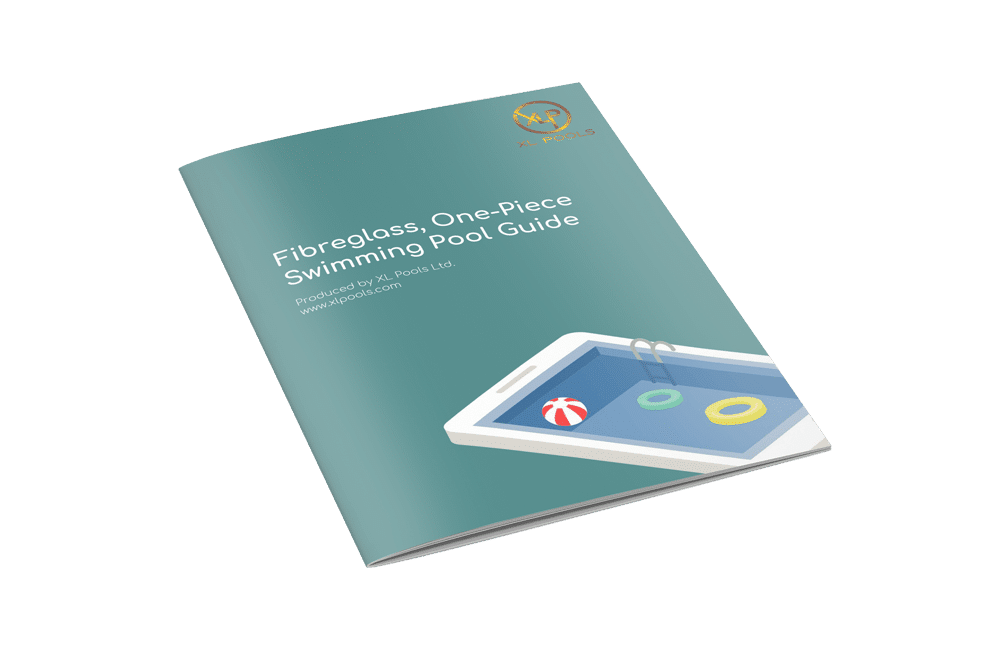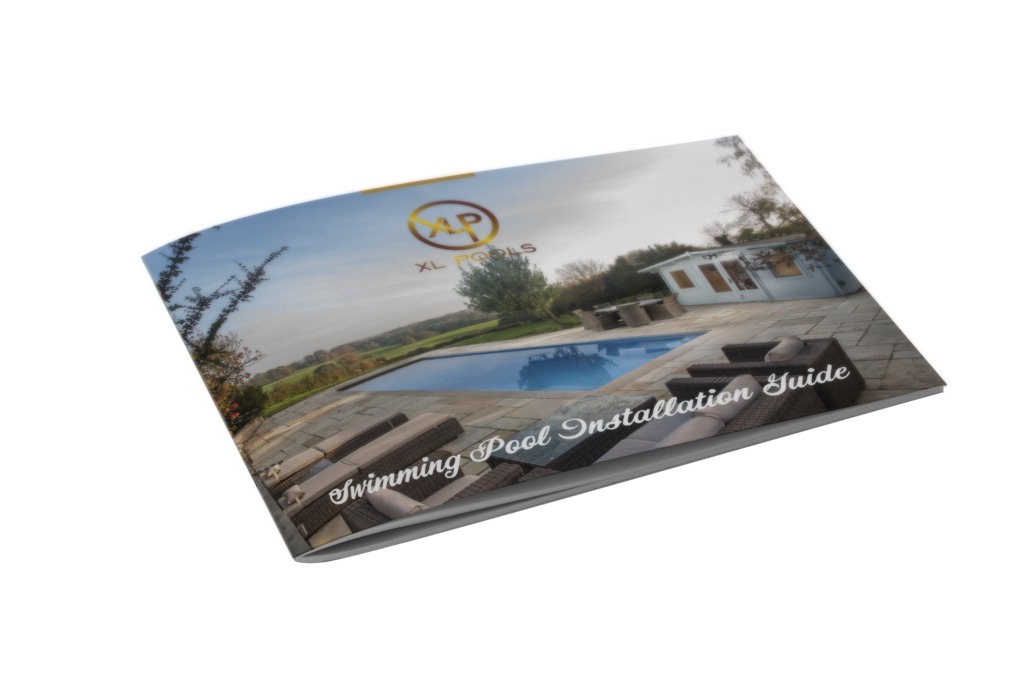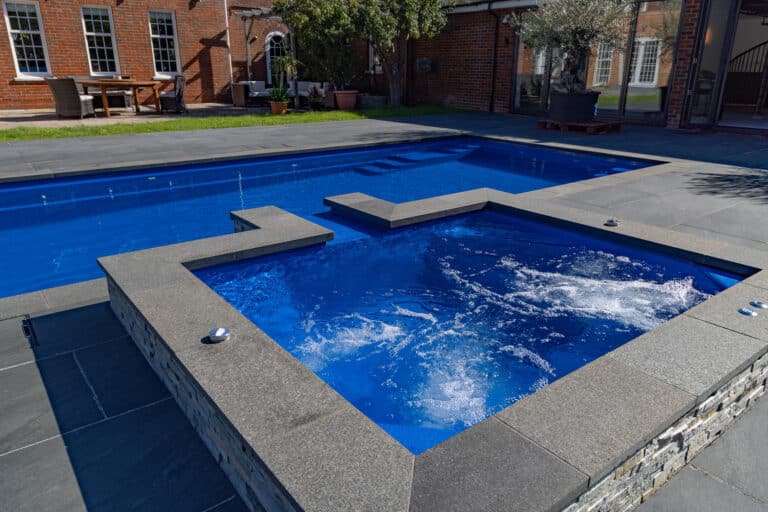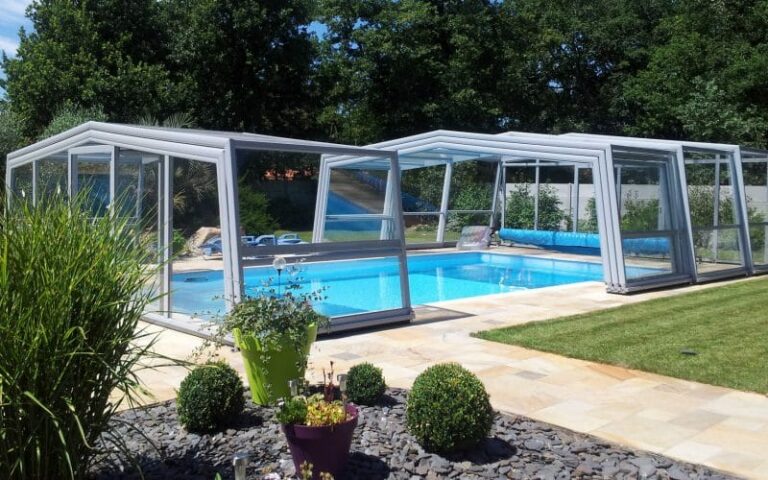Maintaining the correct water chemistry is important for a few reasons. Firstly it keeps the water looking good, nice and clear and sparkling. Secondly it prolongs the life of the filter, the chlorinator and the pump and can also prolong the life of the surface of the pool. Thirdly it’s for bather comfort, a high PH or a high chlorine level can irritate the skin or the eyes.
There are three simple ways to test the water. Firstly and possibly the least accurate would be to use a testing strip. Secondly there a simple drop test, every test kit is going to have its own instruction manual inside. It’s very easy to do. Thirdly, and most recommended is to take a sample of water to us as it’s very easy to test the water and get results, but to know what to do with those results is a whole different thing.
There are four factors that contribute to balanced pool water; they are chlorine, PH, total alkalinity and calcium hardness. It is important that you get a professional to test for these on a regular basis as in the peak of summer the pool can turn green overnight even though it looks clean and clear.
1/ Chlorine
Chlorine controls the growth of bacteria and algae. Free chlorine is the active sanitizer, while combined chlorine is a by-product that produces a strong chemical smell that is far less effective in fighting bacteria. Your target level for free chlorine should be between one and three parts per million. You should aim to test for free chlorine every few days during the peak of the swim season. Just remember that a pool cover can affect your chlorine levels due to a lack of direct sunlight so you may need to turn your chlorine levels down when you have your cover on if you have a chlorinator.
If the correct levels of chlorine are present in a pool it will have no smell. If there is a smell it’s probably due to the presence of chlorine or too low a free chlorine level.
2/ PH
The PH test measures the acid or base condition of the water. The optimum PH range for a domestic pool is 7.2 to 7.6. Chlorine is far more effective when the PH if maintained in this range so you should aim to test the PH every few days during the peak of the swim season.
If you have a one piece pool you should try to keep your PH lower. Most manufacturers would recommend you keep it around 7.0. However if you have a gas heater or a heat pump it’s a good idea to keep it slightly higher as this will avoid corrosion.
3/ Total Alkalinity
Total alkalinity is the ability of the water to resist the change in PH by adding sodium bicarbonate to the water. Maintaining the correct PH is dependent on the alkalinity. Your goal is to keep it between 80 and 120 parts per million and you should have a professional test this monthly all year round.
Be aware of phosphates, garden run off and rain can put phosphates into your pool and help it turn green overnight. You should speak to us if this occurs and we can help you resolve the issues.
4/ Calcium
Calcium is the most abundant mineral in the pool. High calcium levels can produce scaling and pool surfaces whole low levels make the levels corrosive. You should have your pool professional test this monthly all year round.
You should aim to maintain your PH and chlorine levels yourself every few days during the peak of summer.
We recommend that you take a water sample up to us every four weeks and get it tested or take out one of our Swimming pool maintenance contracts and we will perform this when we visit. We test for your chlorine, PH, total alkalinity, calcium hardness and stabiliser. Remember that any chlorine treatment to your pool will be ineffective if your water is not balanced.

